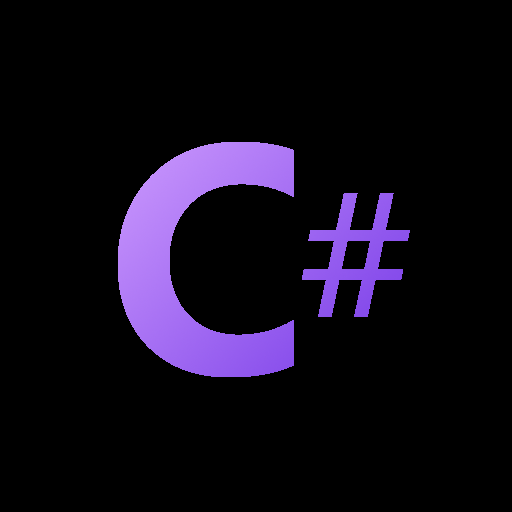

Hmm, well the first round(s) are doable for beginners. If you want to get into programming, these kinda games are a good way to start, since you’re getting visual feedback of what your bot is actually doing.
And you can participate in loads of languages, so you can pick anything that you’re somewhat familiar with.
However, once you’re getting into higher rounds, ranks, and leagues, you’ll be playing against other peoples’ bots. So obviously if you have 0 experience it’ll be way harder to beat people with loads of experience, that understand which algorithms are suitable etc.
But I’d say go ahead and try it out. Its free. Maybe it turns out to be too difficult, maybe you’ll manage.











I would assume this just relies on the Discord API being read by the bot - and not on having a local discord installed…